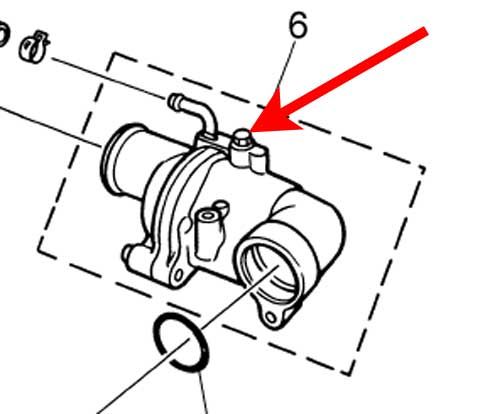wfooshee
O, Woe is me!!
And it won't do anything different. Unless, of course, the coolant was low before you opened it up and was full after. Then it would be different. But not because of the new thermostat.Heh. Whoa there. I'm anal, not mental. I'll just replace the thermostat next time I strip it for PAIR, plugs and some new wiring. Cheap insurance, just wanted to be sure this wasn't an immediate issue.
Seriously, the only way it would reach fan temp while moving would be for the radiator to be blocked, or the system to be low on water.
And the only way it would not reach fan temp while stuck in stop-n-go traffic would be for the engine to not be running.
It.
is.
working.
as.
designed.














